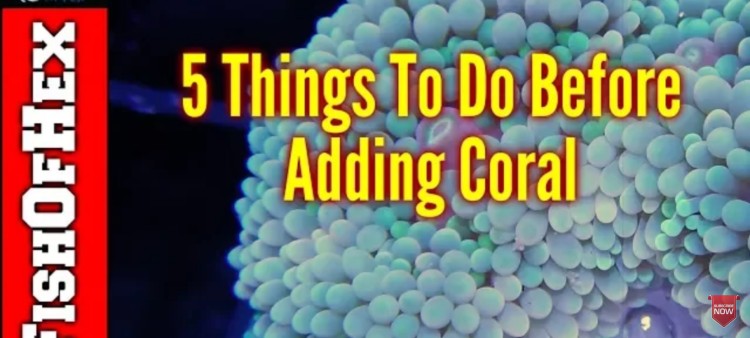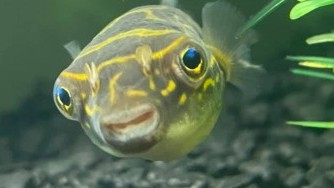5 Things Everyone Should do Before Adding Corals to a Saltwater Aquarium
- Apr 24, 2022
- Anshika Mishra
- 295 0 0

You should do five things before adding coral to your reef aquarium.
5. Make Sure the Tank is Completely Cycled Before Adding any Coral
This might seem basic to long-term hobbyists, but most beginners suffer from the problem of dying corals just because they don't follow this basic rule.
If you set up a tank with either a live rock or a dry rock, you must go through the whole cycling process. So, any detritus or dead organisms on the stone will break down, going to produce Ammonia which will turn into Nitrates and then into Nitrates, and that's how the cycling process is done.
Depending on the rocks or bacteria in the tank, you should still wait at least four to six weeks for the tank to stabilize before adding any coral.
4. Testing
Test your major water parameter, including temperature, salinity, calcium, alkalinity, and magnesium. You want to test these at a minimum once per week if better. Again, you are looking for consistency. You want to make sure that your temperatures are only fluctuating, maybe one-two degree at max, and your alkalinity stays within a good range.
So, consistency before adding anything to the tank will ensure success.
3. Proper Lighting
You are looking for a full-spectrum light, either it is T5 or LEDs. Your light should provide all the wavelengths to the coral for producing energy and allowing the coral to grow.
Don't add the single LED strip made for fish-only tanks.
As with everything in the hobby and life, you get what you pay for. So, a word for caution here is: if you decide to go the cheaper route and any picture, understand you might only get a couple of years out of it, and you will be investing more money into something better.
2. Only Pick Corals Within Your Experience Range
The last thing you want to do is, regardless of having a setup tank properly cycle with the proper lighting, go and buy a bunch of Acropora and put them in a tank, especially with zero corals experience.
The chances of that coral servicing are slim. Now somebody might get lucky, but 99.9% of people will kill that Acrapora with zero experience.
So, please save your money and put it towards corals like Mushrooms, Green Star Polyps, and Pom-Pom corals. You want to go with the easier corals that are more forgiving to the fluctuation with salinity temperature and alkalinity, particularly alkalinity.
The consistency required for tougher corals is not as precise in the beginning. So, keep that in mind.
Once you are growing all those, you can move your way up to harder corals like Duncans, Hamers, Frogs, Acans, and corals. You can also dabble into easy SPS like the encrusting Montiporas.
And when you are successful with all the corals prior, move your way up to those Acropora, and put your money into that.
1. Do Your Research Properly & Don't Add Too Many Corals Together
When it comes to adding too many corals, the whole reason is that you want to cut down any fluctuations that the tank might experience, given the particular coral you might add.
You can add lots of soft corals, which won't impact the tank's alkalinity, but if you add a lot of SPS or LPS, the fluctuation can be wild and thus hurt your tank if you are not looking.
Furthermore, you don't want to waste money on it, and your success rate will go down again by getting too much at one time. So, we recommend starting with 1 to 5 frag and before you pick out what particular coral you want to, do your research on that coral.
Bonus: Dip and Quarantine All Your Corals
If you are not willing to quarantine your coral, at least make sure that you dip your coral multiple times, with numerous dips always preferred, and this helps eliminate some of the pests you might get on that coral.
Next, you want to go ahead and cut off the frag plug without injuring the coral. If you have something encrusting over the frag plug, you don't want to nip it around there because it causes damage to the coral, and it could die.
So, doing those things will aid in your success, and again quarantine is always the best option for success when it comes to coral because you might not see it, but a baby of Aptaise might be on that frag plug or disc or even in the rocks of your Zoas, and you might not see it until its too late.






About author